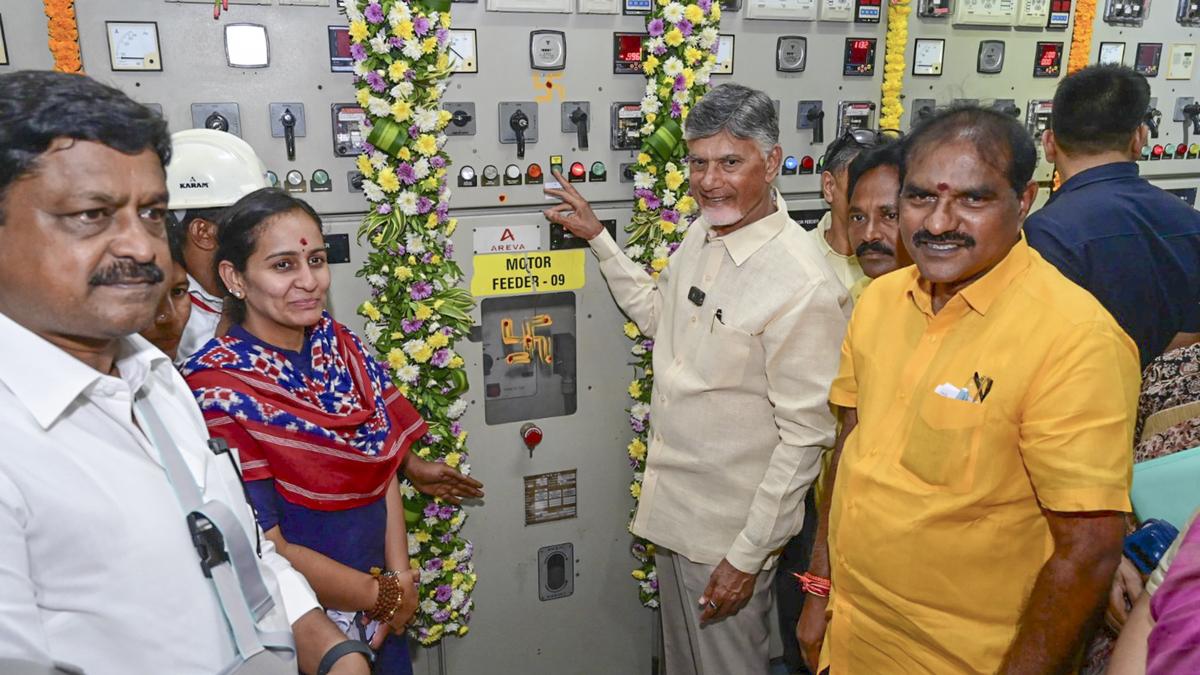It weighs 8.5 kilograms, is minimalistic, and comes in 14 colours. IIT Madras’ latest innovation is YD One, which it claims is India’s lightest active rigid-frame wheelchair. Born out of the joint efforts of TTK Centre for Rehabilitation Research and Device Development and THRYV Mobility, a fully incubated startup within IIT Madras, the device was launched in Chennai on Wednesday (July 17, 2025).
The device has a single frame made of aerospace-grade material. It can be fully customised and is available in sizes from 13 inches to 18 inches. So, what is so special about it? “With the monoframe, minimalistic design, you slap 120 kg on it and make it run through two lakh cycles of double drum test, and then drop it for 6,666 times for drop test; the device cannot even have a small crack or scratch. That is precision engineering and innovative geometry,” Justin Jesudas, founder and CEO, THRYV Mobility, asserts.

Most wheelchairs in the market were heavy and hospital grade, which were unfit for community use, he said. “This was the reason why you find this population largely invisible, despite being high in numbers. We wanted to change this narrative,” said Mr. Justin, who is himself a wheelchair user for the past 15 years.
Twenty beneficiaries, many of them para-athletes, were given YD One wheelchairs as part of a CSR initiative of Trimble, a Silicon valley-based industrial technology company. For the beneficiaries, it meant enabling bike travel, easier and longer journeys, greater portability, and manoeuvrability.
Speaking about his experience with the struggles of soldiers injured and impaired in the line of duty at the launch, Surgeon Vice Admiral Anupam Kapur, Director General, Hospital Services (Armed Forces), said that freedom and independence meant different things to different people. “Independence is not merely personal, it is social, economic, and technological. It is the freedom of a visually impaired student to navigate a campus independently; it is the ability of a stroke survivor to communicate with his or her loved ones; it is the right of a rural woman to access digital health; and it is the power of a veteran amputee to walk unassisted again if possible. In the armed forces, we see this pursuit of independence not just in theory, we see it happening everyday.”

V. Kamakoti, Director, IIT Madras, said that the device may appear simple but it required deep application of mathematics, physics, mechanical engineering, and material sciences to be built. IIT Madras’ innovation push is symbolised by the 400-odd patents the institution filed in the past one year that were heavily deep tech and focused on solving the problems in society, he added.
Ravinder Singh, scientist, Indian Council for Medical Research (ICMR), said that ICMR was instrumental in creating the National Centre for Assistive Health Technology at several institutions, including IIT Madras, enabling research and development in assistive technology. It plans to undertake more initiatives to promote and improve accessibility and affordability of assistive products through health systems in India.

Manish Anand, Assistant Professor, Department of Mechanical Engineering, IIT Madras, who was the project coordinator, said that the device was co-designed with users and with inputs from clinicians as well.



.png)
.png)
.png)
















 11 hours ago
5
11 hours ago
5









 English (US) ·
English (US) ·